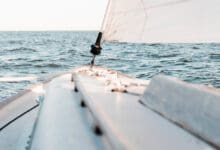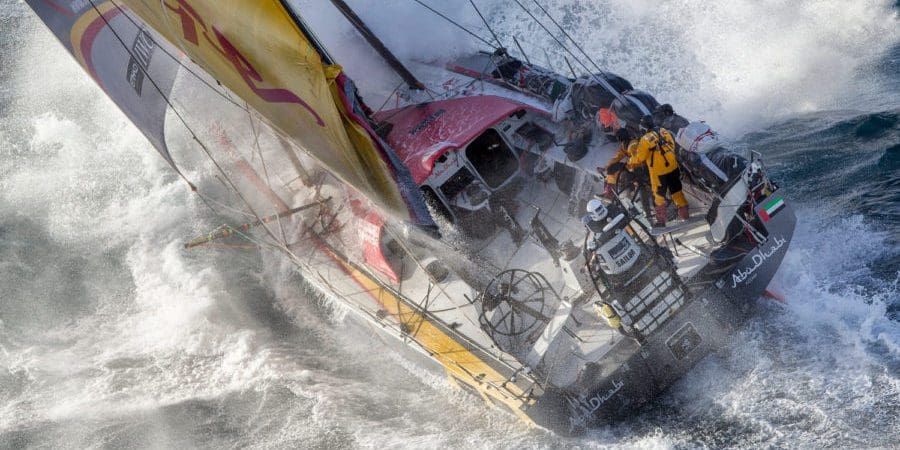
Tough, intense, and featuring almost three times as much Southern Ocean sailing as the previous edition, the Volvo Ocean Race 2017-18 will be contested over the longest distance in race history at around 45,000 nautical miles (nm), crossing four oceans and taking in 11 major cities on five continents.
The 43-year-old race around the world – the ultimate ocean marathon, pitting the sport’s best sailors, against each other across the world’s toughest oceans – will start from Alicante in late 2017 with a 700nm sprint to Lisbon, Portugal that will provide the first test of the form guide.
From the Portuguese capital, the fleet will plunge south towards Cape Town, South Africa, before an epic few weeks racing through the Southern Ocean and then back north across the equator to Hong Kong SAR, China in what will be one of the longest legs in Race history.
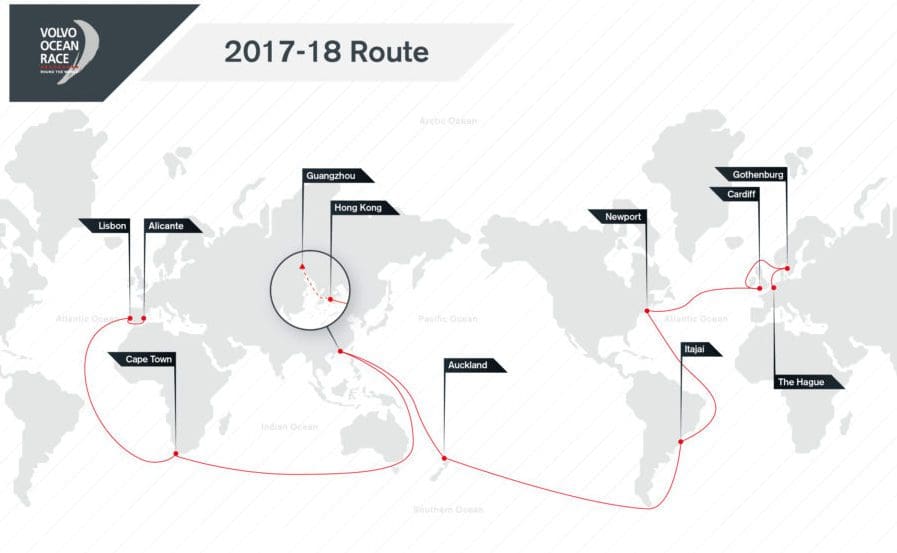
After a non-scoring transition to Guangzhou, China where an in-port race and full set of stopover activities will be held, the ocean racing will resume from Hong Kong to Auckland, New Zealand. The fleet will then head back through the Southern Ocean, around the most famous landmark of them all, Cape Horn, and up through the Atlantic Ocean to the southern Brazilian city of Itajaí.
From there, as in the last edition, the boats will head back in to the northern hemisphere to the Eastern Seaboard of the USA, Newport, Rhode Island, before a blast across the North Atlantic on the blue riband transatlantic leg, which will see them make a first return to British shores in 12 years.
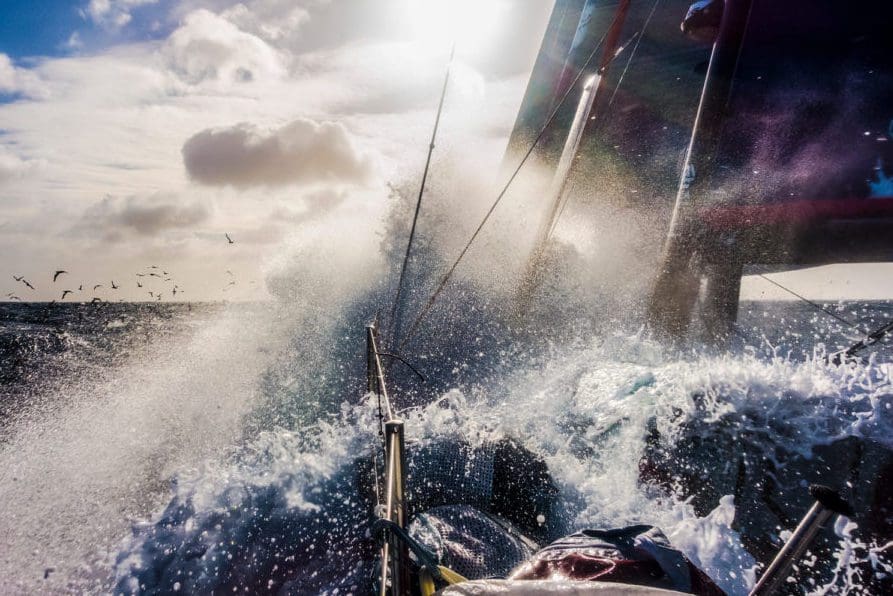
The fleet will arrive in Cardiff, capital city of Wales, in May 2018, before beating its way around the top of the British Isles on a short but potentially brutal leg to the penultimate stopover in Gothenburg, Sweden. The 2017-18 race will end with a grand finale into The Hague, Netherlands.
The total distance of the Volvo Ocean Race 2017-18 is longer than in any of the 12 previous editions of an event which was born as The Whitbread Round the World Race in 1973.
But while the teams will sail more nautical miles than ever before, the race itself is scheduled to be one month shorter than in most of the last 12 editions.
“More action, more speed, more tough miles and more host venues, but a shorter race – it’s an evolution in the right direction and a move that takes the Race closer to its original roots and heritage, while improving its strong commercial value and excellent business case for sponsors,” said Mark Turner, who took over as CEO of the Volvo Ocean Race earlier this month.
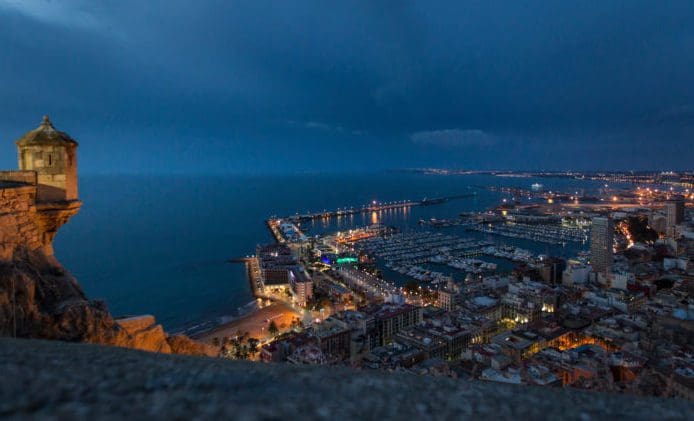
Around 12,500 nm of the race will take place in the Southern Ocean, the fast-moving, ice cold waters around the Antarctic where, unhindered by land, some of the deepest weather depressions circle the bottom of the global, generating giant waves and punishing, heavy winds that can peak at over 70 knots (130 km/h). In the previous edition, the teams spent around 4,500 nm racing in the Southern Ocean.




